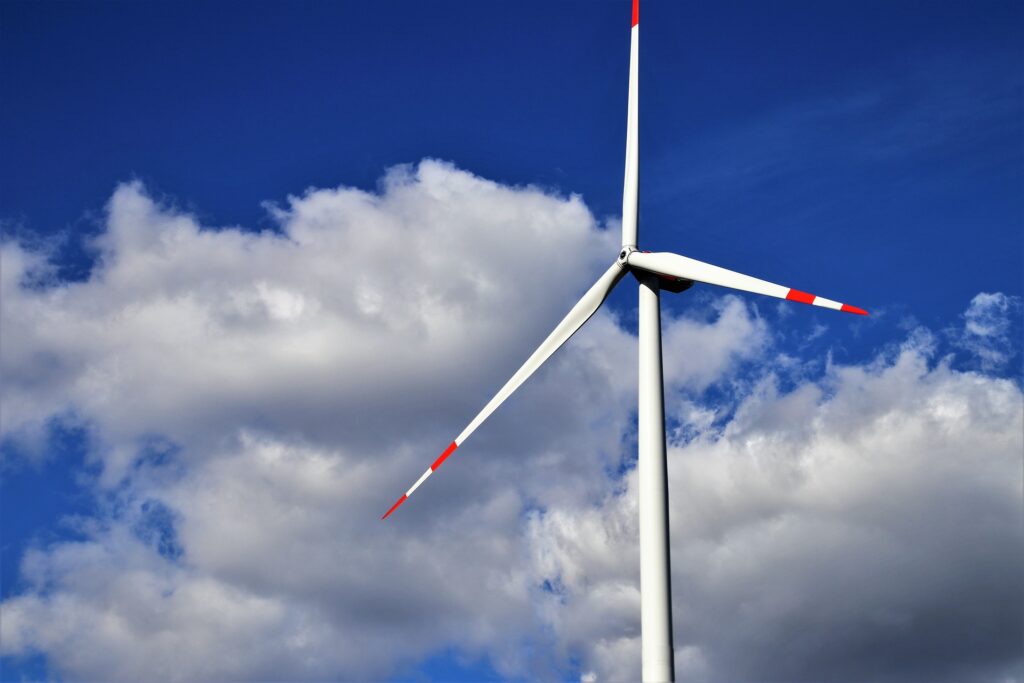Salamander, a joint venture partnership among Ørsted, Simply Blue Group and Subsea7, has submitted an offshore consent application for its proposed 100MW floating offshore wind farm. The offshore consent application will secure permission for the offshore elements of the project and is subject to approval by Scottish Ministers.
Hugh Yendole, project director for Salamander, said: “We have submitted a high-quality, thorough consent application and we are committed to continue working with the necessary stakeholders throughout the approval process.
“Ambitious targets from both the Scottish and UK governments are not yet complemented by the infrastructure and supply chain required to deliver the floating wind pipeline in the UK," he added. "The timely delivery of Salamander is critical for industry in ensuring we provide opportunities to enable the UK supply chain – we want to encourage investment in local ports and indigenous technologies that will pave the way for a decarbonised future.”
The project, located 35km off the coast of Peterhead, won its contract in the Crown Estate Scotland’s Innovation and Targeted Oil and Gas (INTOG) leasing round in March.
The project is expected to start commercial operations in 2028.
According to Power Technology’s parent company GlobalData, Orsted owns 80% of the project, while Simply Blue Energy and Subsea each own 10%. Salamander differs from traditional offshore wind projects as the turbines will be mounted on floating type foundations.
In March, Simply Blue Group announced that it had partnered with two Scottish universities to investigate the impact of floating wind farms on marine ecosystems. The University of Highlands and Islands’ Environmental Research Institute and the University of Aberdeen are carrying out research on how fish migration patterns are affected by the Salamander project.
According to Simply Blue, the proposed Salamander site will be used as a monitoring base to gather data on the causes of variation in fish movement availability as prey.









